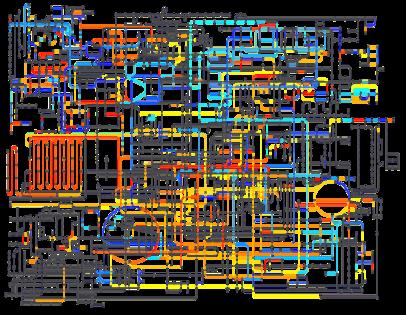What is metabolism? A biochemist explains how different people convert energy differently − and why that matters for your health
Published in Health & Fitness
If you’ve spent any time scrolling through the health and wellness corners of social media, you’ve likely come across many products claiming to improve your metabolism. But what exactly is your metabolism?
Everything you expose your body to – from lifestyle to an airborne virus – influences your physical characteristics, such as your blood pressure and energy levels. Together, these biological characteristics are referred to as your phenotype. And the biological system that most directly influences your phenotype is your metabolism.
So if you are eating something, take medications, smoke or exercise, your metabolism is responsible for transferring that biological information throughout your body for it to adapt.
Your metabolism consists of a network of tens of thousands of molecules and proteins that convert the food you eat into the energy and building blocks your body uses to move, grow and repair itself. At the chemical level, energy metabolism begins when the three macronutrients – carbohydrates, fats and protein – are broken down atom by atom to release electrons from chemical bonds. These electrons charge components in cells called mitochondria.
Akin to how batteries work, mitochondria harness this electrical potential to create a different form of chemical energy that the rest of the cell can use.
Simply put, a primary role of metabolism is to convert chemical energy into electrical energy and back into chemical energy. How this energy is transferred throughout the body might play a central role in determining whether you’re sick or healthy.
I am a biochemist who studies the various networks of metabolism that are used as your body changes. My team and I have been able to define specific traits of metabolism, such as the presence and amount of certain metabolites – products made from breaking down macronutrients – across a wide range of conditions.
These conditions include diseases such as COVID-19, diabetes, multiple sclerosis and sickle cell anemia, to experiencing unique environments such as radiation exposure, high altitude, aging and sports performance. Each of these settings influences which parts of your metabolic network are used and how they communicate with one another.
Given the alarming rise in obesity and its associated metabolic syndrome – about 1 in 8 people across the globe were living with obesity in 2022 – defining a healthy or impaired metabolism can help identify what’s gone wrong and how to address it.
Elite athletes offer a prime population to study metabolic function at its best, since their network of molecular and chemical reactions must be finely tuned to compete on the world stage.
...continued













Comments